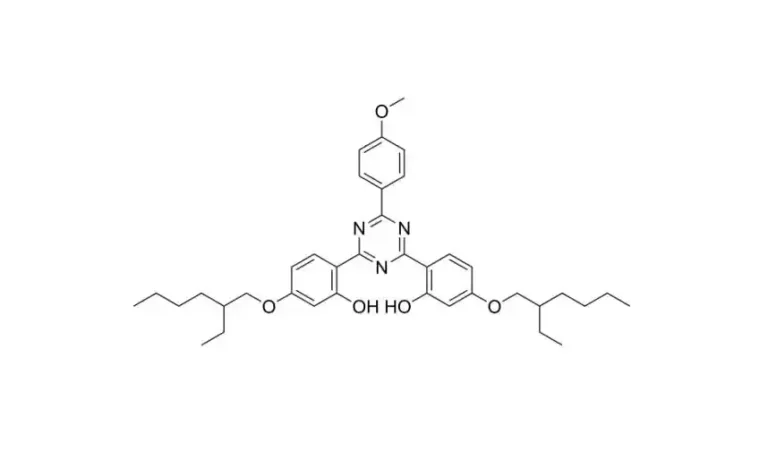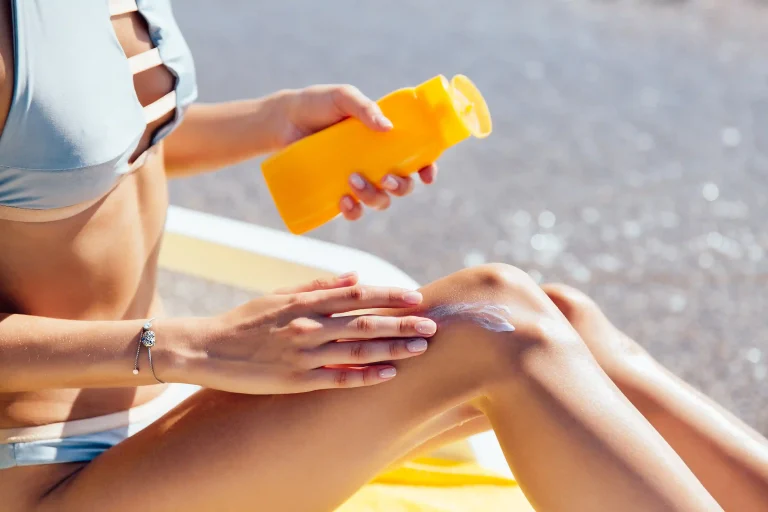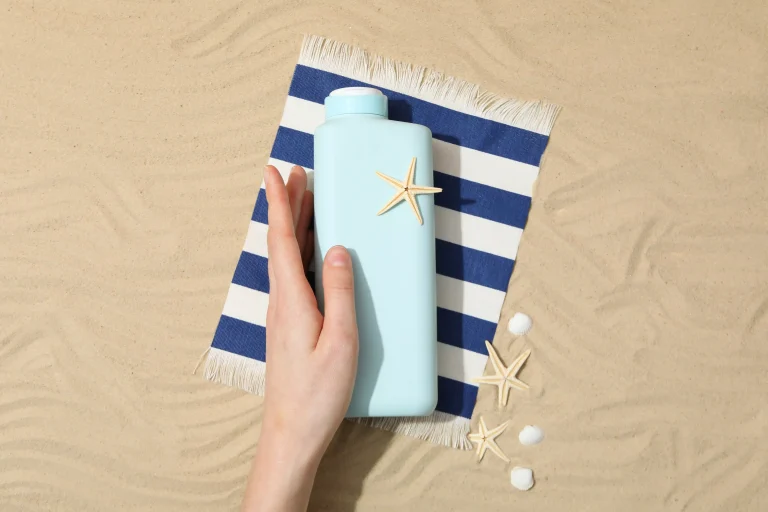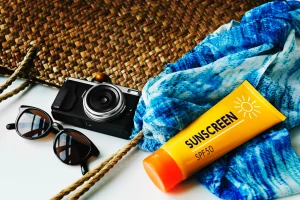The active ingredients in sunscreen create an important layer of protection between your skin and the sun’s UV rays. But what is the mechanism by which these components work? This blog will lead you to learn how chemical and physical filters work together to provide outstanding protection against UVA and UVB rays for healthy skin.
How Does the Ingredient in Sunscreen Protect Against UV?
To understand how the active ingredients in sunscreen protect against UV rays, it is important to understand sunscreen product design. The purpose of sunscreen is to protect the skin from harmful UV rays, of which there are two types: UVA and UVB. They do this by absorption, reflection, or refraction.
Key Active Ingredients for UV Protection
The degree of protection a sunscreen offers depends on some active ingredients in it. Some of those key ingredients noted for their protective properties include:
Bisoctrizole / BFP-SP M (Tinosorb M)
Bemotrizinol/ BFP-SP S
Diethylamino Hydroxybenzoyl Hexyl Benzoate/BFP-SP DHHB
Ethylhexyl Triazone/BFP-SP EHT
Octocrylene/ BFP-SP OCT
Avobenzone/ BFP-SP AVB
These ingredients, organic UV filters, absorb injurious rays well.
Role of Antioxidants in Sunscreens
Antioxidants’ role in sunscreens is essentially to enhance the efficacy of sunscreens. They act by helping to neutralize free radicals created by UV radiation and therefore reduce the rate at which there is oxidative stress in the skin. Though not the main actors in preventing UV transmission, antioxidants provide more value to sunscreen formulations by offering extra protection against environmental aggression.
Why Is SPF Not the Sole Factor to Consider?
SPF is a better-known metric about the effectiveness of a sunscreen product in filtering out UVB rays, but that does not make it the only metric critical to any sunscreen product. A better understanding of all the different elements will provide one with the best possible sun protection.
Broad Spectrum Protection Explained
Broad-spectrum protection involves a product’s ability to protect users from both UVA and UVB rays. Protection against both elements would mean that the user is protected from an aging process promoted by the UVA rays and damage that is usually caused long afterward. Zinc oxide-based sunscreens are perfect examples of products that offer protection within both spectrums.
Water Resistance and Impact on Performance
The water resistance of any sunscreen product directly or otherwise affects its performance. A water-resistant product will not be dissolved by water or sweat; thus, its content will remain on the skin even in wet conditions. This is a core factor for athletes who compete outdoors or in the water.
What Are the Regulatory Standards for Sunscreen Ingredients?
Regulatory standards ensure the safety and efficacy of sunscreen ingredients across different regions globally. Understanding these regulations helps manufacturers comply with local guidelines while ensuring product quality.
International Standards and Comparisons
Different countries have adopted their own regulatory frameworks concerning the manufacture of sunscreens. Most of these usually relate to allowable concentrations of active ingredients and what is to be represented on the label of the products.
Regulations on Sunscreen Ingredients
EU
The European Union has strict regulations on cosmetic products, in which sunscreens are included. The EU Cosmetic Regulation provides for the safety assessment and substances presenting risks to consumer health.
FDA
The Food and Drug Administration classifies sunscreens in the United States as over-the-counter drugs. The FDA governs the process to determine SPF values. A broad-spectrum sunscreen claim has to meet certain qualification criteria outlined by the Agency.
Shanghai BFP New Material Co., Ltd., representative of the product series focusing on anti-aging active materials for the sun care industry, biological, and mineral UV filters to correspond to international standards:
Titanium Dioxide Sunscreen Powders: different formula variants, all with various coatings.
Zinc Oxide Sunscreen Powders: Prepared from Zinc oxide and Silica.
All products point to Shanghai BFP’s commitment to providing quality sun protection products against international regulatory compliances.
How does BFP act as a reliable supplier in sunscreen ingredients?
Shanghai BFP New Material Co., Ltd. is a professional supplier of high-quality sunscreen ingredients. The head office is located in Shanghai, China, and its products are intended for application in the sun care and cosmetic industries. The following organic and mineral UV filters are among the many products in the BFP portfolio that comply with international criteria.
Products
The products that Shanghai BFP offers fall into several major categories:
- Organic UV Filters: Organic UV filters are active ingredients in sunscreen products-the active absorption material of UV radiation. The Company supplies different kinds, which include:
- Bisoctrizole / BFP-SP M (Tinosorb M)
- Bemotrizinol/ BFP-SP S
- Diethylamino Hydroxybenzoyl Hexyl Benzoate/BFP-SP DHHB
- Ethylhexyl Triazone/BFP-SP EHT
- Octocrylene/ BFP-SP OCT
- Avobenzone/ BFP-SP AVB
- Mineral UV Filters: Mineral UV filters are physical sunscreens that reflect UV radiation. BFP mineral UV filters are respectively based on titanium dioxide or zinc oxide. Examples include :
- Titanium Dioxide Sunscreen Powders: Available with different coatings and dispersing agents.
Zinc Oxide Sunscreen Powders: Made of Zinc oxide with Silica, the product of BFP-Z40S is a water-soluble white powder for water-based formulation.
Key Features
- Broad-Spectrum Protection: Most of the ingredients that BFP sells provide UVA/UVB broad-spectrum protection.
- Safety and Stability: Safe to the skin, non-stimulative, the formulation is gently applied.
- Aesthetic Qualities: High transparency, excellent spreadability on the skin, and free of whitening effect, similar to zinc oxide powder.
- Water Resistance: Hydrophobic properties fit both water-based or oil-based sunscreen applications.
Applications
Their multifunctional profile adapts well to the use in a variety of formulations such as sunscreen cream, lotion, day cream, foundation products, antiaging solutions, and whitening products.
Conclusion
Master the subtlety of sunscreen ingredients to create the most suitable sun protection product. You can use organic coupled with mineral UV filters in a combination to offer optimal protection against harmful ultraviolet radiation. Shanghai BFP New Material Co., Ltd provides a wide portfolio of quality sunscreen ingredients in compliance with international regulatory requirements. A series that ensures the broad-spectrum protection, while maintaining the safety and aesthetic appeal of your formulation.













